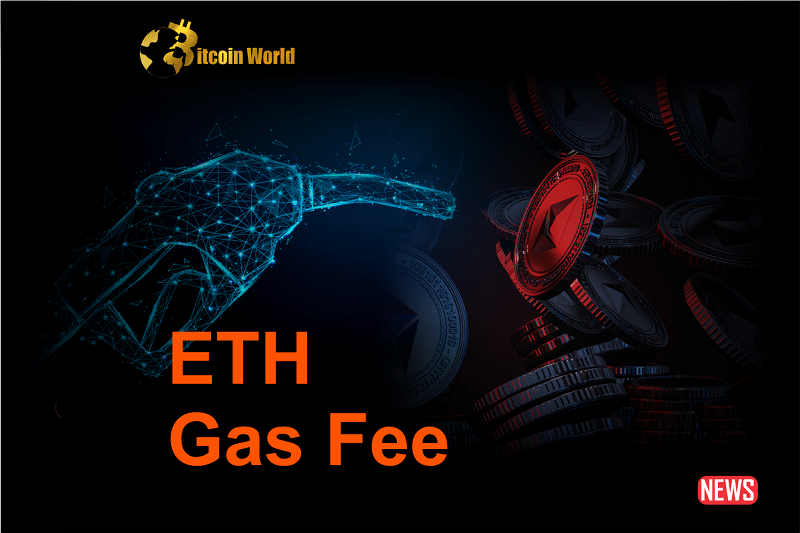
Ethereum (ETH) has reached a significant milestone as its transaction fees plummet to their lowest levels since 2022, signaling a noteworthy development for the second-largest cryptocurrency by market capitalization.
According to insights provided by Ryan Selkis, the founder and CEO of Messari, the average fee for transferring ETH now stands at a mere $1.83, while the cost associated with token purchases through Uniswap hovers around $4.17.
This remarkable decline in gas fees can be attributed to a reduction in on-chain activity related to Non-Fungible Tokens (NFT) sales, meme coin trading, and activities involving Telegram bots.
The reduction in gas fees has resulted in Ethereum entering an inflationary phase. Over the past week, the supply of Ethereum has expanded by 4,092 ETH tokens, equivalent to approximately $6.6 million in total value.
Early in 2023, Ethereum experienced a surge in on-chain activity, primarily driven by the trading volumes of NFTs and the excitement surrounding the Blur token airdrop. However, since then, this heightened activity has subsided.
Selkis highlighted the current bearish sentiment prevailing in the market, stating, “We’re so deep in the bear that ETH is inflationary again.” This underscores the impact of reduced demand and diminished transaction volumes on the overall supply dynamics of Ethereum.
Analyzing fee and gas usage statistics provided by Messari, Ethereum recorded fees totaling $2.24 million within a 24-hour period, with an average fee of $2.59. During the same timeframe, the gas utilized amounted to 108,194,133,311, with an average gas limit of 124,856. These figures offer valuable insights into transaction volume and activity levels within the Ethereum network.
These developments hold dual implications for Ethereum. Firstly, the decrease in gas fees stands to benefit Ethereum users by reducing the cost associated with transactions and interactions with decentralized applications (dApps) built on the Ethereum blockchain. Lower fees have the potential to drive wider adoption and increased utilization of the network.
Secondly, the shift toward an inflationary period underscores the importance of monitoring supply dynamics and market conditions. As new tokens are issued and supply increases, it may impact Ethereum’s overall value proposition and its ability to maintain scarcity—a factor that has played a significant role in its price appreciation.
In summary, Ethereum’s transaction fees have reached their lowest levels since 2022, primarily due to reduced on-chain activity related to NFT sales, meme coin trading, and Telegram bots. This decline in gas fees has ushered in an inflationary period for ETH, marked by an increase in its supply. Vigilantly tracking these developments is crucial for understanding the network’s performance and assessing their implications for Ethereum’s broader value proposition in the cryptocurrency market.
As of the time of writing, ETH has experienced a decline of over 3% in the last 24 hours, resulting in a trading price of $1,552. This downward trend has persisted across various time frames, with decreases of 4.5%, 5.5%, and 15% over the past seven days, fourteen days, and thirty days, respectively.
The post Ethereum Transaction Fees Hit Lowest Levels Since 2022, Leading to an Inflationary Period appeared first on BitcoinWorld.














